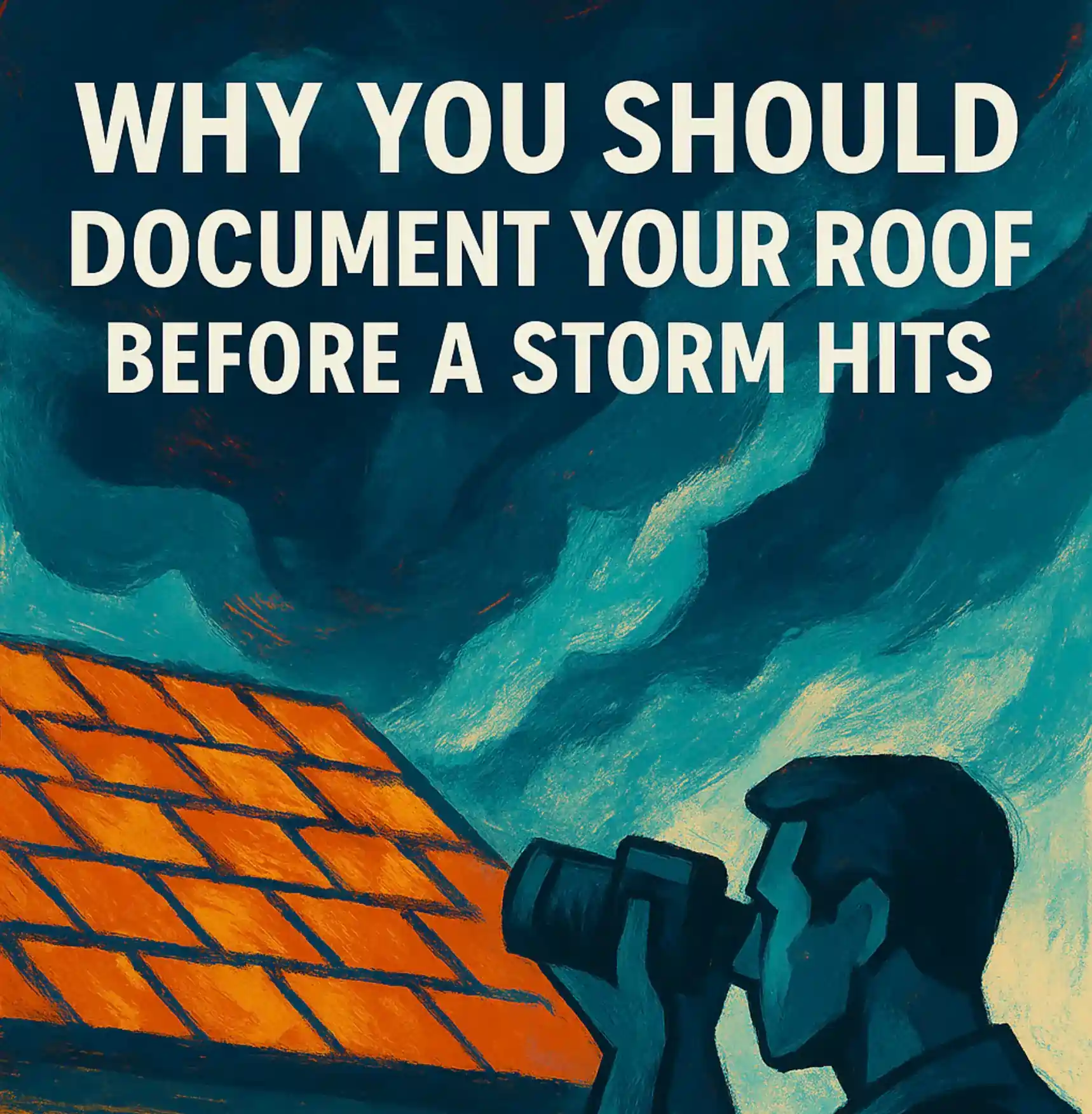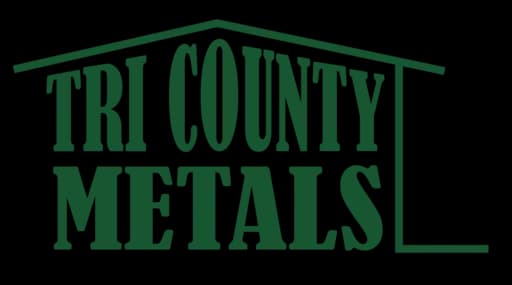How to Assess Your Own Roof Damage After a Storm
Over the last 35+ years, the U.S. has experienced over 219 billion-dollar extreme weather events. Those numbers—and the cost of storm damage—continue to climb.
In just one year, the U.S. endured more than $25 billion in storm-related damages. After severe weather, your roof could be part of that figure.
If a hurricane, tornado, or intense thunderstorm hits your area, it’s crucial to assess your own roof damage quickly and carefully. Use this guide to identify problems so you can decide whether to attempt a DIY repair or call in the pros.
Take the first step
Schedule a fast, no-pressure visit. Since 1987 we’ve got you covered.
Get started1. Damaged Pipe Collars
Pipe collars form seals around vents using EPDM rubber. Though typically durable, they can crack in storms and let water seep into your home.
Minor damage may be patched with roofing caulk as a temporary fix, but significant cracks require professional roof repair right away.
2. Cracked Caulking
Shingles are secured with caulk that can crack under strong winds or hail. Once compromised, your shingles are vulnerable to blowing away in the next storm.
After any severe weather, inspect your caulking closely and make repairs as needed to prevent further shingle loss.
3. Broken or Missing Shingles
Shingles naturally wear over time, but hail can accelerate the damage. One or two missing shingles may be a quick fix. If you notice wide areas of shingle damage, call a roofing contractor immediately.
4. Peeling Roof Paint
Paint on metal roofs provides UV protection and weather resistance. Storms can cause this coating to peel, exposing your roof to water damage and heat stress.
Peeling paint may lead to higher energy bills and eventual structural issues—so don’t ignore it.
5. Mold, Algae, and Moisture Intrusion
Storm-compromised roofing membranes let water in, creating pockets where mold, algae, and fungi thrive. These biological invaders damage shingles and can harm your health.
Even if your roof looks intact, conduct a full inspection for signs of water intrusion or mold growth.
6. Take Roof Damage Seriously
Storm damage to your roof can be obvious—or quietly destructive. Knowing how to assess your own roof damage gives you a head start on necessary repairs before small issues become major expenses.
Contact SonShine Roofing today for a thorough inspection and expert help protecting your home and family.















